Exploring the Life of Philippe Petit, the Famous Tightrope Walker Who Challenged Mortality
Some people are built differently, and that’s quite an understatement for one of history’s most famous daredevils. While there have certainly been many daredevils throughout history, performing stunts that would make most people’s stomachs go belly up, there are some that truly define the meaning of adrenaline.
Today, we’re going to take a look at Philippe Petit, a former highwire artist and one of the first tightrope walkers to bring the art to worldwide fame.
Philippe Petit Was a World-Class Tightrope Walker
Philippe Petit garnered worldwide recognition for his outlandish high-wire locks between the Notre Dame towers in 1971, the Twin Towers in New York City in 1974, and over Niagara Falls in 1985.
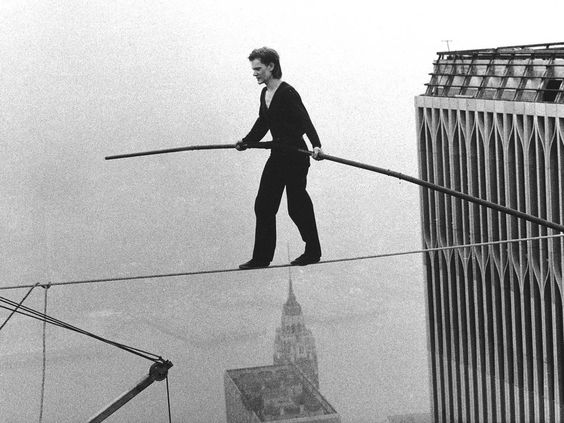
Source: Pinterest
While Philippe cannot be found table walking today, his eccentric personality was forever cemented in the popular 2015 film, The Walk, which showcased his incredible stunts in 3D.
Petit Grew Up Outside of Paris
Philippe Petit was born just outside of Paris Seine-et-Marne on August 13, 1949.
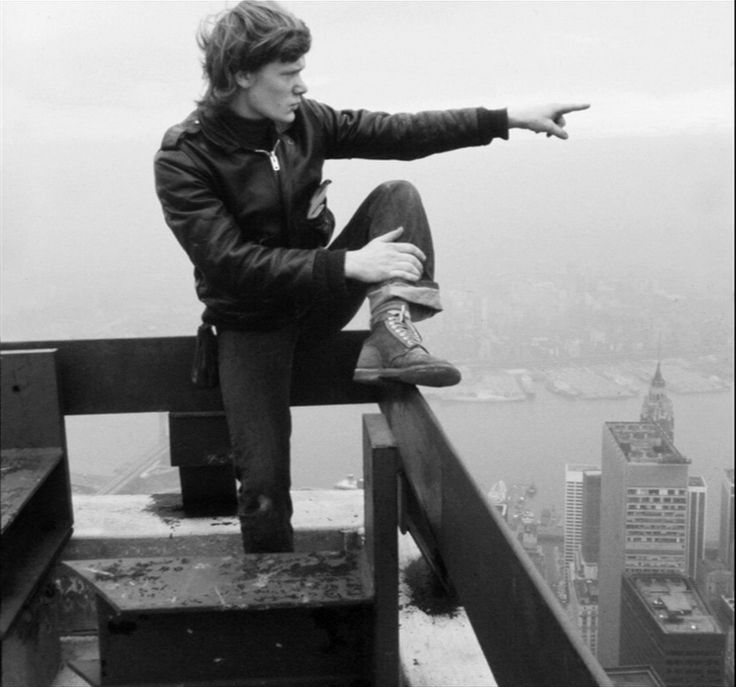
Source: skyscrapercity.com/ Pinterest
He was the middle of three children, and a very creative and rebellious child, devoting much of his time and energy to wild activities and outdoor pursuits. He later noted that much of this time spent running around was at the expense of his education.
He Dabbled In a Number of Unique Pursuits
Before he entered the world of tightrope walking, he dabbled in a number of unexpected pursuits, including horseback riding, magic, juggling, and even bullfighting.
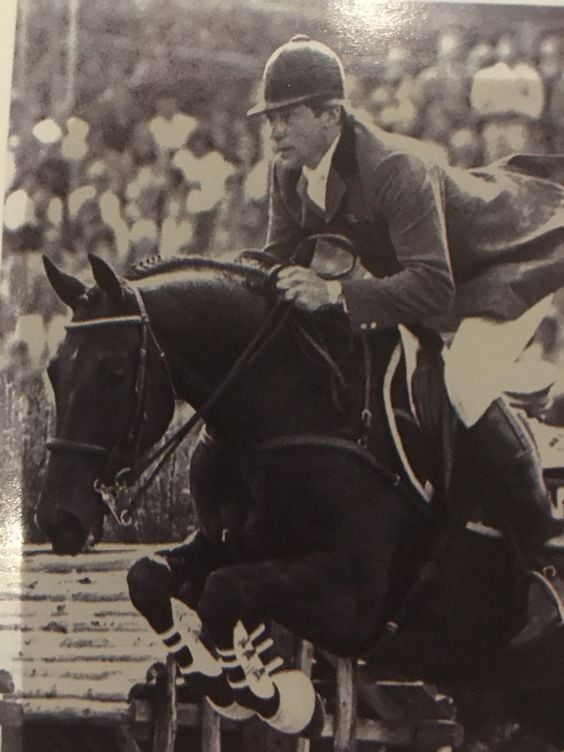
Source: Megan Grant/ Pinterest
Throughout his childhood, Petit was kicked out of five separate schools. Eventually, he would stumble upon what would later become his lifelong pursuit — tightrope walking
Tightrope Walking Had a Long History in France
While it certainly might seem like an odd interest for a young boy, tightrope walking, otherwise known as “wire” walking, had a deep-rooted history with the French people. It dated back to artists from the Middle Ages.
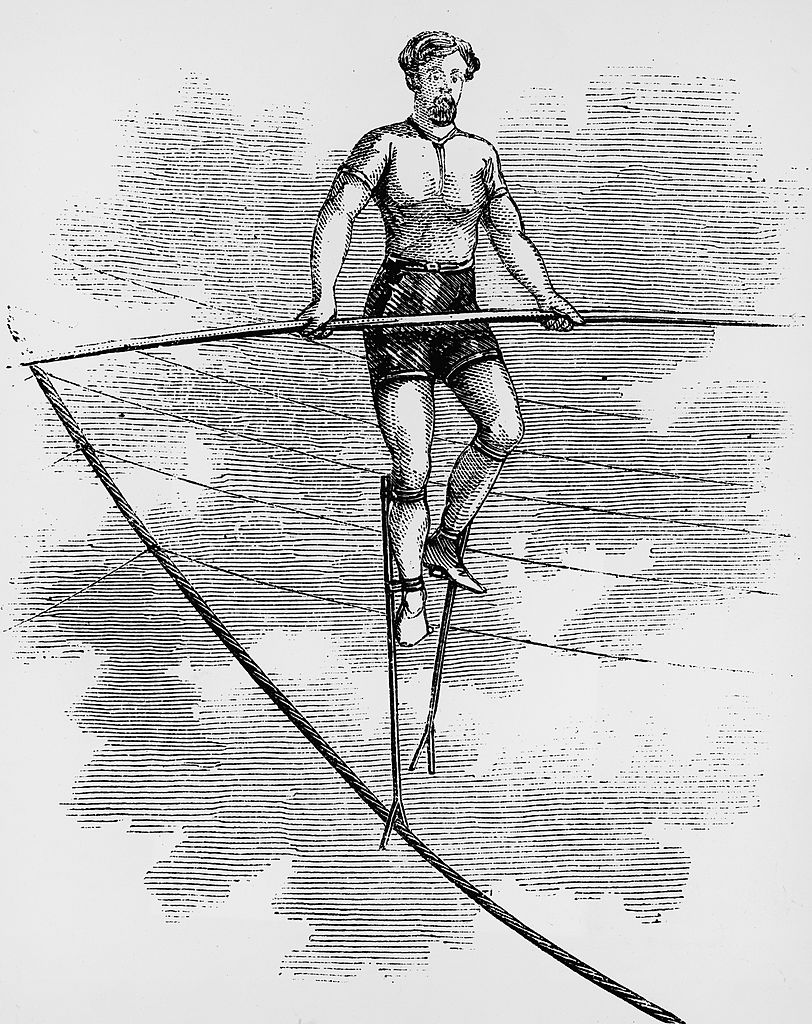
Source: Kean Collection/ Getty Images
Just recently, a French tightrope walker, Nathan Paulin, broke the world record. He bravely crossed from the Mont Saint-Michel to the Eiffel Tower.
Petit Taught Himself the Ancient Art
When he was young, Petit taught himself how to walk the wire.
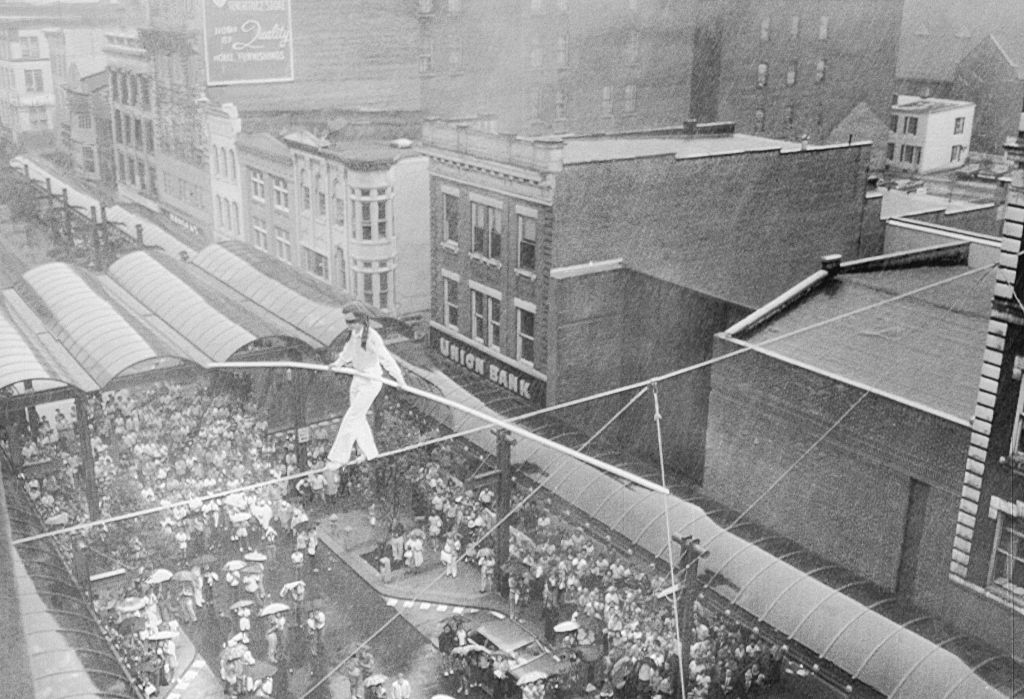
Source: Bettmann/ Contributor via Getty Images
However, he did not have access to the tools that professionals had, so he would instead stretch numerous notes between trees on the meadows of the Petit country estate. To get better, he would take them down one at a time, continuing to practice with less and less work until he had incredible confidence.
Later On, He Received Mentorship from Rudolf Omankowsky
He eventually met Rudolf Omankowsky, who is the leader of a legendary troop of French tightrope walkers.

Source: AI/ Pinterest
Rudolf would instruct Petit on how to set up his cables properly so that they were secure. Beyond his quick time with Rudolf, Petit was mostly self-taught. He later noted that learning to walk on the tightrope was not difficult, though for someone to be good at it, they must be passionate.
Despite Declining to Join a Troupe, Petit Was a Success
Later on in their relationship, Omankowsky would ask Petit if he wanted to join his tightrope walking troupe. However, Petit politely declined.
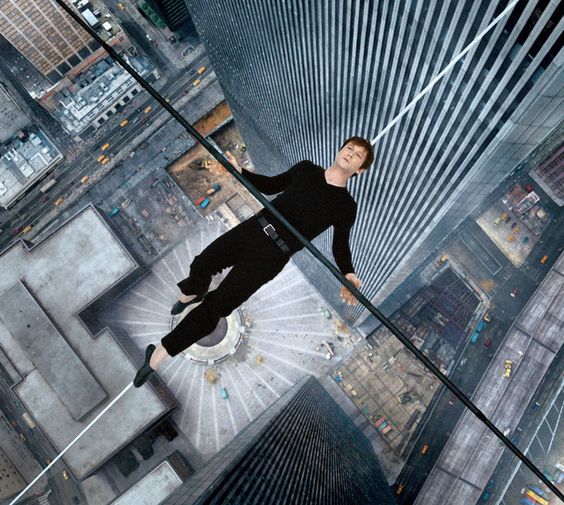
Source: Zlatko Tesic/ Pinterest
He wanted to tightrope walk on his own. And, within a single year, he could already perform some of the most difficult tightrope walking stunts, including writing a unicycle and doing somersaults.
The Last Thing He Wanted to Do Was Join the Circus
As he would soon find out, however, there are not many career paths for someone that can walk a tightrope really well, regardless of how impressive of a skill it might be.
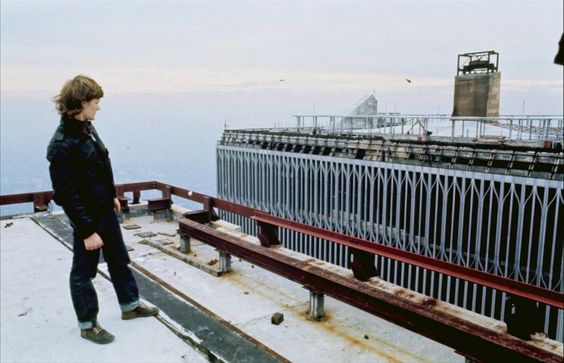
Source: skyscrapercity.com/ Pinterest
When he declined the offer from Omankowsky’s troupe, he learned that his options were going to be quite limited. He also did not want to join the circus, as he feared it would make him relinquish creative control over his tightrope walking act.
Instead, He Found Himself Working the Streets
As with any performer looking for creative control, Petit went to the streets.

Source: Pinterest
For many centuries, performers have worked on the streets of Paris, entertaining passersby with magic tricks, juggling, and, of course, tightrope walking. From his childhood, Petit already had a lot of these skills under his belt, giving him a decent head start in his unique career path.
Throughout This Time, He Made a Fairly Comfortable Living
Luckily for Petit, he was able to make quite a comfortable living performing on the streets for many years.
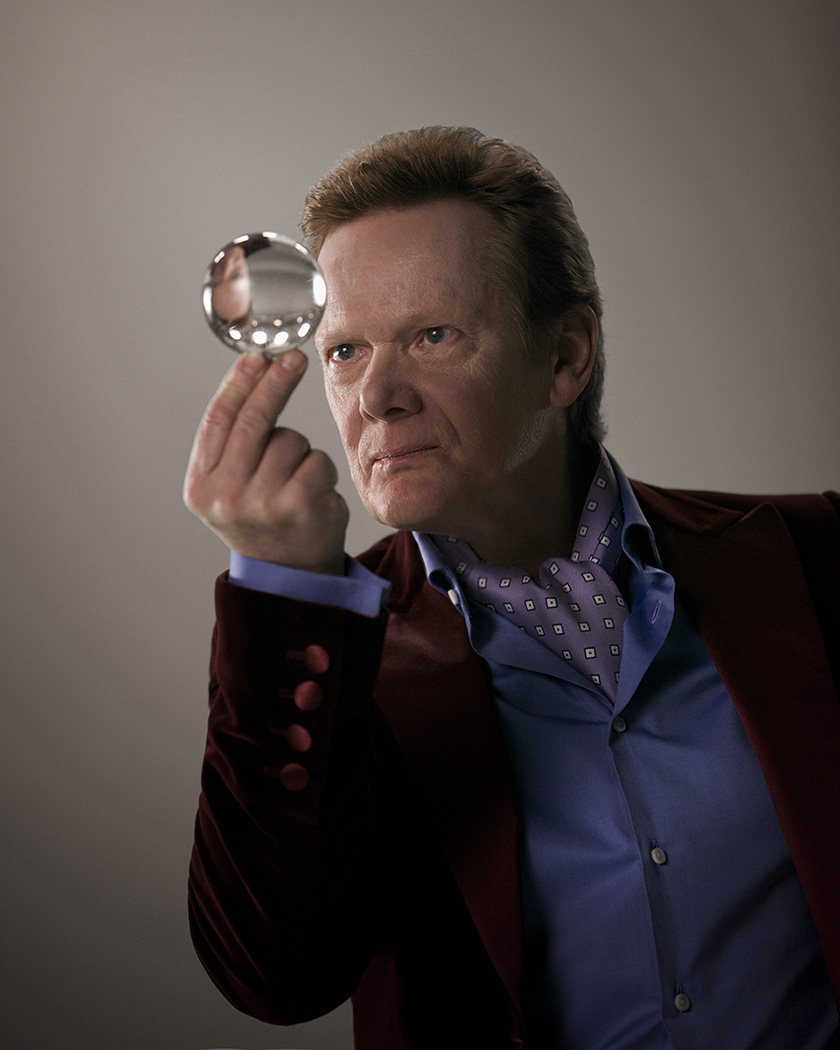
Source: Pinterest
Even though he was arrested hundreds of times for performing without the proper permits, he had solidified himself as one of the best-known street performers in Paris. Eventually, he decided to set his sights on something much larger, something that would hopefully give him worldwide fame.
Petit’s Dreams Were Larger Than Life
From where Petit lived, he could see the iconic Notre Dame Towers every single day.
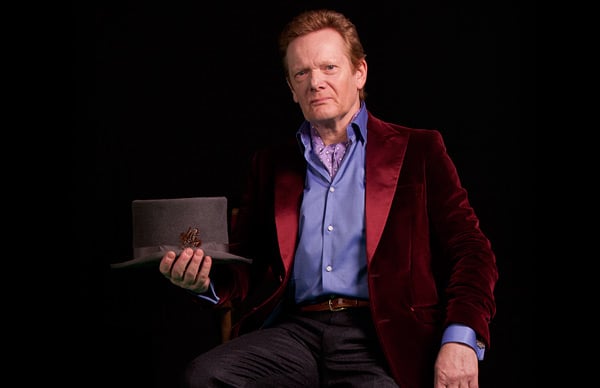
Source: Pinterest
In an interview with The New Yorker, which he took part in later on, he explained that he thought one day he would put a wire between those two towers and shock the people of the world. It was certainly a daredevil feat if there ever was one.
He Planned the Tightrope Walk for Three Years
After more than three years of constant planning and preparation, he was ready to make his infamous high-wire walk.
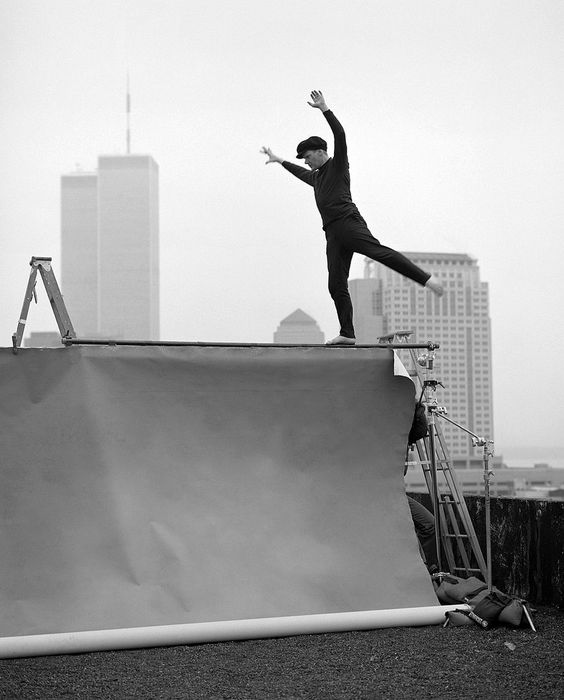
Source: everyday-i-show.livejournal.com/ Pinterest
In the early morning of June 26, 1971, he inconspicuously walked across the highwire cable that he had so secretly latched between the two towers of the medieval cathedral with the aid of a few assistant friends. From below, the crowds watched as he walked the wire, juggling and lying down along the way.
Petit Was Arrested Upon His Descent
While the crowds gathered around the streets during the time were captivated by Petit’s performance, the Parisian authorities were not very pleased.
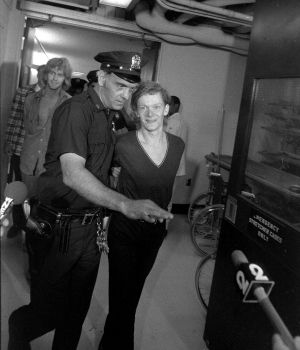
Source: Pinterest
Upon his descent, Petit was arrested once more. After spending very little time in jail, he was quickly released. Unfortunately, his stunt was soon forgotten by the French media.
He Eventually Found Inspiration In an Unexpected Place
The story of his Twin Towers walk started in an unsuspecting place.

Source: Miss B/ Pinterest
While sitting in a waiting room for his dentist at just 17 years old, he discovered what eventually would become one of his most famous stunts of all time.
Petit Recalled a Toothache Bringing Him to the Dentist’s Office
In the documentary that told of his legendary escapade in close detail, Man on Wire, he recalls that a toothache brought him to the dentist’s office when he was just 17.

Source: Pinterest
He noted that he was sitting in the colorful waiting room of a French dentist looking at a newspaper when, suddenly, he froze. In front of him was a photo of the Twin Towers in New York City.
Until Then, He Had Only Seen the Twin Towers in an Article
The Twin Towers, at the time, had yet to go into construction, though would soon be the tallest skyscrapers in the world.

Source: Andres Torres/ Pinterest
For Petit, this wasn’t a calling for the moment, but one to prepare for in the distant future. In many ways, flipping through this little newspaper in the dentist’s office had planted the new seeds of a death-defying dream.
With Experience Under His Belt, He Felt He Was Prepared
By 1974, Petit had already completed a number of dramatic high-wire performances, including the Notre Dame towers and the Sydney Harbour Bridge.
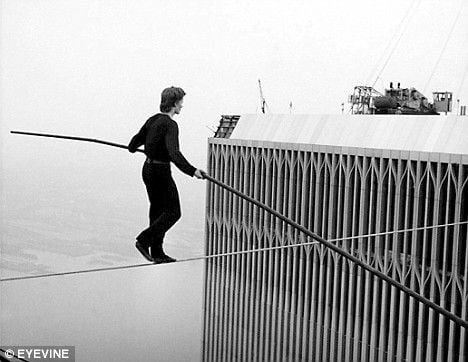
Source: Pinterest
With so much experience and knowledge under his belt, he felt that he was finally prepared to approach one of his most incredible performances of all time.
However, Seeing the Towers In Real Life Was Terrifying
Ironically enough, up until that time, Petit had never seen the Twin Towers in person.

Source: neogaf.com
The first time that he saw them, he noted almost losing hope in his dream. The minute that he stepped out of the subway terminal and climbed the steps to the street, he looked at the Twin Towers with fear. For a moment, he thought his dream was destroyed.
Petit and His Crew Would Have A Lot To Consider
There were many things to consider for this walk, on top of the typical issues of weather and high winds at such an incredible height.
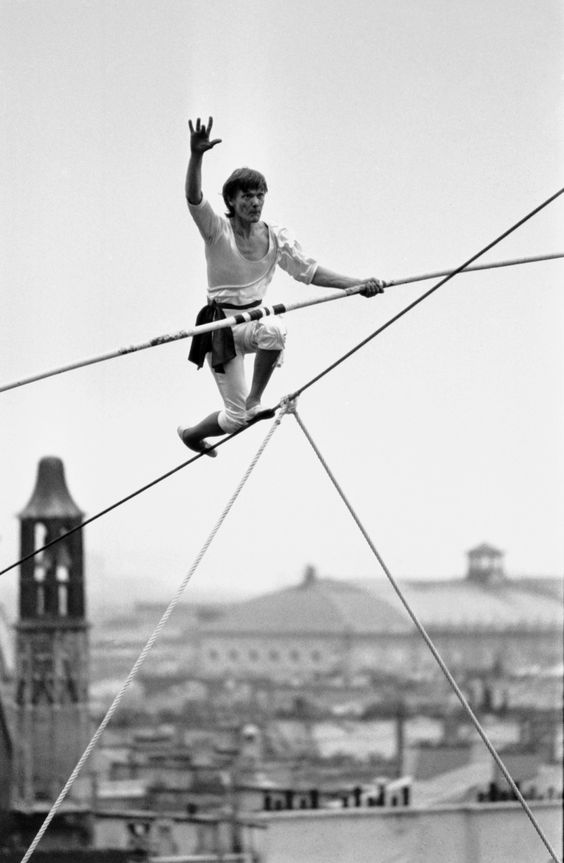
Source: Timeout.fr
Petit and his crew, including a German juggler, two French riggers, and an American photographer, had a dilemma. They needed to figure out how to smuggle more than a ton of high-wire walking equipment into the building before rigging a 200-foot cable from one tower to the other while staying under the radar.
Luckily, Fortune Was On His Side
Petit scouted the Twin Towers many times to prepare for his walk, and during one of those Scout missions, he met a man named Barry Greenhouse. Not only did Greenhouse recognize Petit as the famous tightrope walker from Paris, but he also worked on the South Tower’s 82nd floor.
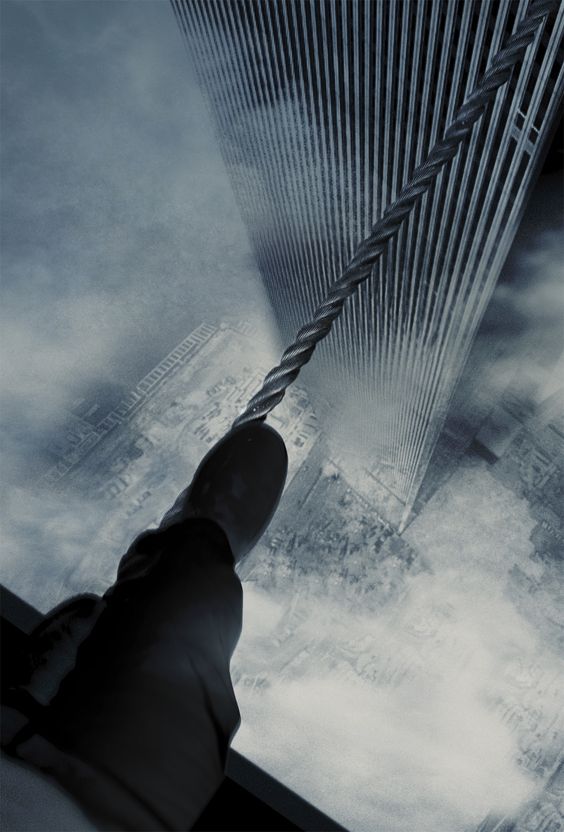
Source: lifehack.org
With the help of Greenhouse, Petit and his crew were able to pose as contractors and smuggle their equipment up to an office for storage.
Petit and His Crew Made Their Move on the Night of August 6, 1974
On August 6, 1974, as soon as the sun went down, Petit and his crew began moving their equipment from the 82nd floor to the 110th floor just beneath the rooftop.
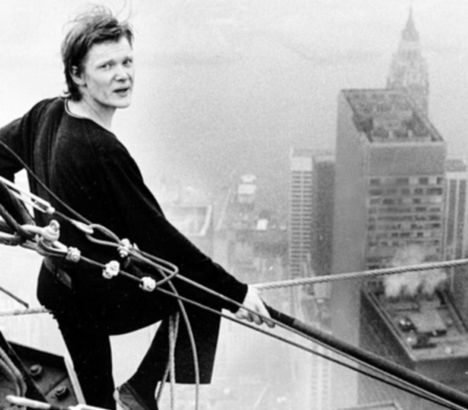
Source: superradnow.wordpress.com/ Pinterest
The team used a bow and arrow to shoot the fishing line from one tower to the next, adding multiple layers of heavy rope until they had a table that was supportive enough to hold Petit.
They Just Barely Made It Past Security
During their escapade, they had a few run-ins with security guards, almost keeping them from making it to the top.
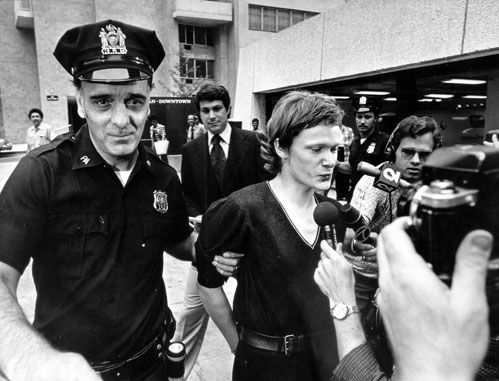
Source: superradnow.wordpress.com
After a slight moment of worry, when they watched a piece of Petit’s’ costume fall over the side and drop 1,300 feet to the street below, they were finally ready to make history.
Petit Took His First Walk Onto the Tightrope at 7 AM
With the sun out, Petit took his very first steps onto the tightrope.
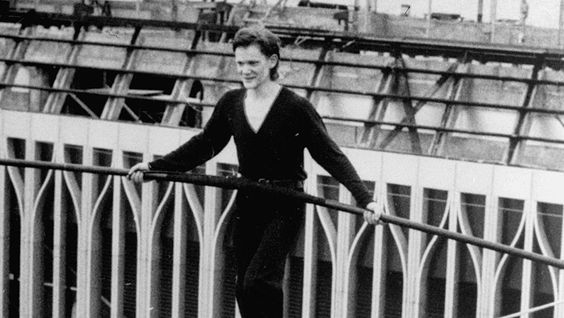
Source: cinemacafeelivros.blogspot.com/ Pinterest
He would cross back and forth over the next 45 minutes, taking a few breathers to lie down on the slime highwire. During his eight times crossing, several crowds gathered in the streets and buildings below, completely astonished at what they were seeing.
He Was Arrested Soon After Getting to the Ground
Though many tourists, residents, and construction workers cheered him on as they watched him cross, New York police officers quickly arrested him after he made his descent.
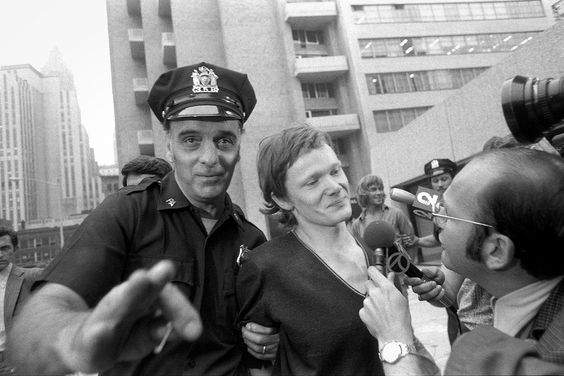
Source: theguardian.com/ Pinterest
Luckily for Petit, his punishment was not very severe. The judge simply sentenced him to perform for children in Central Park.
His Legacy Was Sealed with the 2015 Film, 'The Walk'
In 2015, Joseph Gordon-Levitt starred in The Walk, which told the story of Petit. It was directed by Robert Zemeckis.
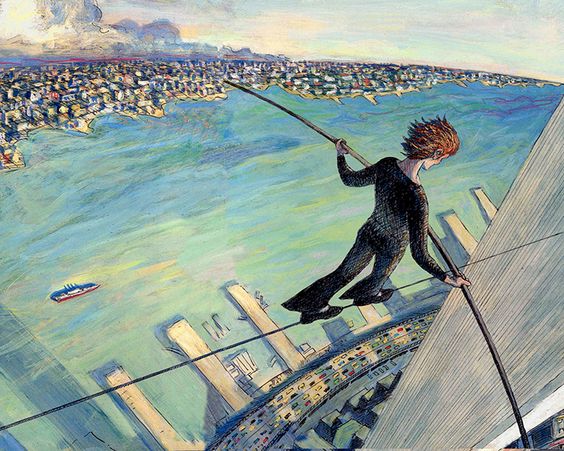
Source: teachingmycalling.blogspot.com
The film received worldwide acclaim, as it produced the most accurate depiction of the events that took place that fine August morning. It was also shown in cinematic 3D.
While He Continued to Tightrope Walk, His Twin Towers Walk Remained His Most Famous
Petit would later go on to perform a number of other dramatic highwire walks, one of which was his 1985 stroll over Niagara Falls.
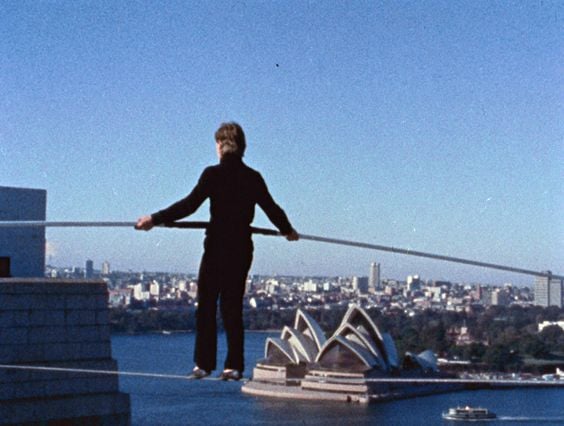
Source: imdb.com/ Pinterest
However, by and large, his walk across the Twin Towers in lower Manhattan would be his most famous.
Petit Currently Lives In New York
Interestingly enough, after his stunt in 1974, he decided to lay down a new life in New York.

Source: Mireya Acierto/ Getty Images
Petit currently has an upstate New York residence in the Catskills and is an artist-in-residence at Manhattan’s Cathedral of St. John the Divine. Today, he is 73 years old.
He Says There Is No Reason for His Wild Stunts
A lot of people ask Petit for the reason behind his dramatic and brazen stunts, though to this day, he says that there is no reason.
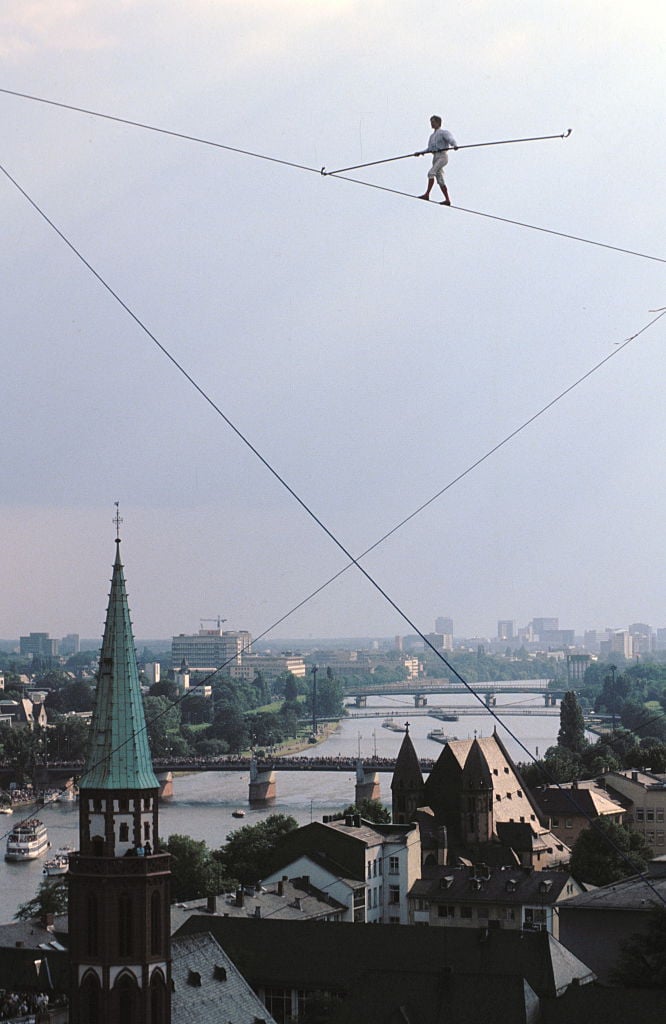
SourceL Régis BOSSU/ Sygma via Getty Images
It is something nice he enjoys doing and is very passionate about it, even without the worldwide training that it has brought him.
Instead, He Says He Simply Enjoys Living on the Edge
Petit has noted that his calling to highwire walking was simply because he believes people should live on the edge of life.
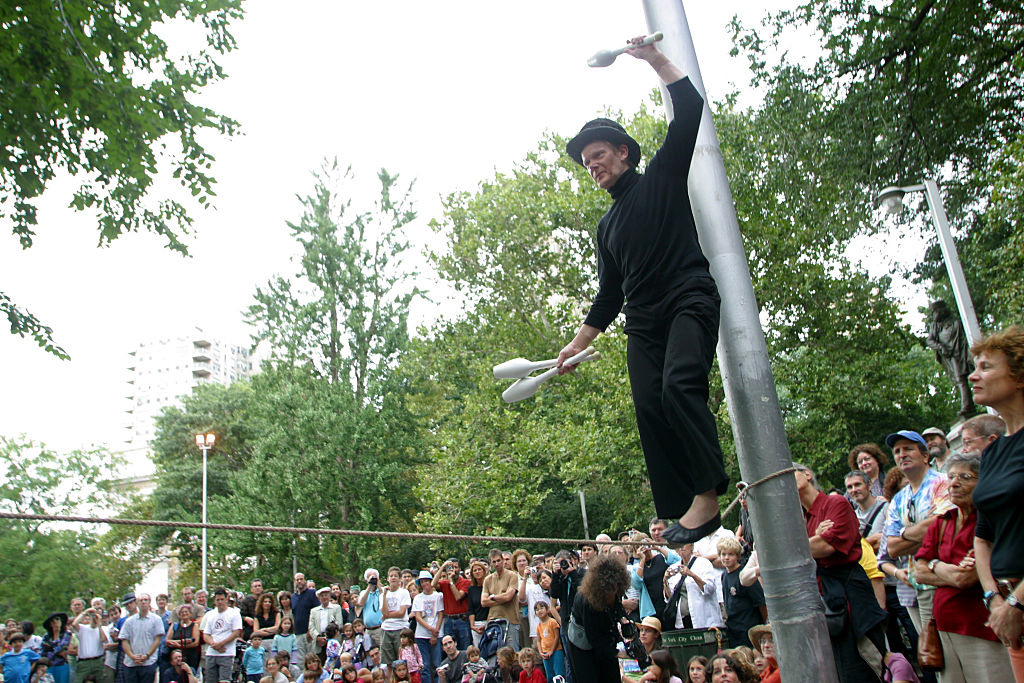
Source: Timothy Fadek/ Corbis via Getty Images
He wants more people to refuse the rules that society gives them and exercise rebellion to enjoy the true challenges that life delivers. Whether literally or metaphorically, Petit lives his life on a tightrope.
